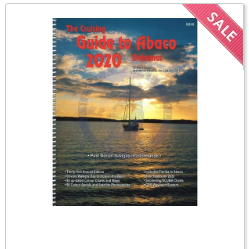When there is an electronic image of the familiar paper
chart, obtained by the help of a highly accurate and detailed scanning process,
they are termed raster charts. A significant number of sailors and
boaters are using chart plotters or chart navigation apps on their smartphones
these days, which makes these charts quite popular. They come with exactly the
same amount of information/data as the paper chart. Depending on the software
or application that an individual is using, these charts may even come equipped
with the same NOAA chart number. Virtually all navigation programs connect to
different charts together, but that is done in a seamless manner. The
electronic version, and in several other programs, there is the option of
zooming, that can be useful in providing more more detailed information for
that particular area.
The advantages of these charts are listed below.
l All
paper chart info can be retained, including details of the depth sounding, buoy
number as well as any other available specific description. You may also find
land features such as names of streets bordering the water.
l Because
raster charts can accurately match with the paper charts, it is easier
to work underway to work between the wide view of large and small paper charts.
l No
learning curve is present for mariners who are already familiar with paper
charts.
If you need to choose between raster and vector charts, it is
purely a matter of personal taste, since both are equally accurate and reliable
when it comes to electronic navigation.









